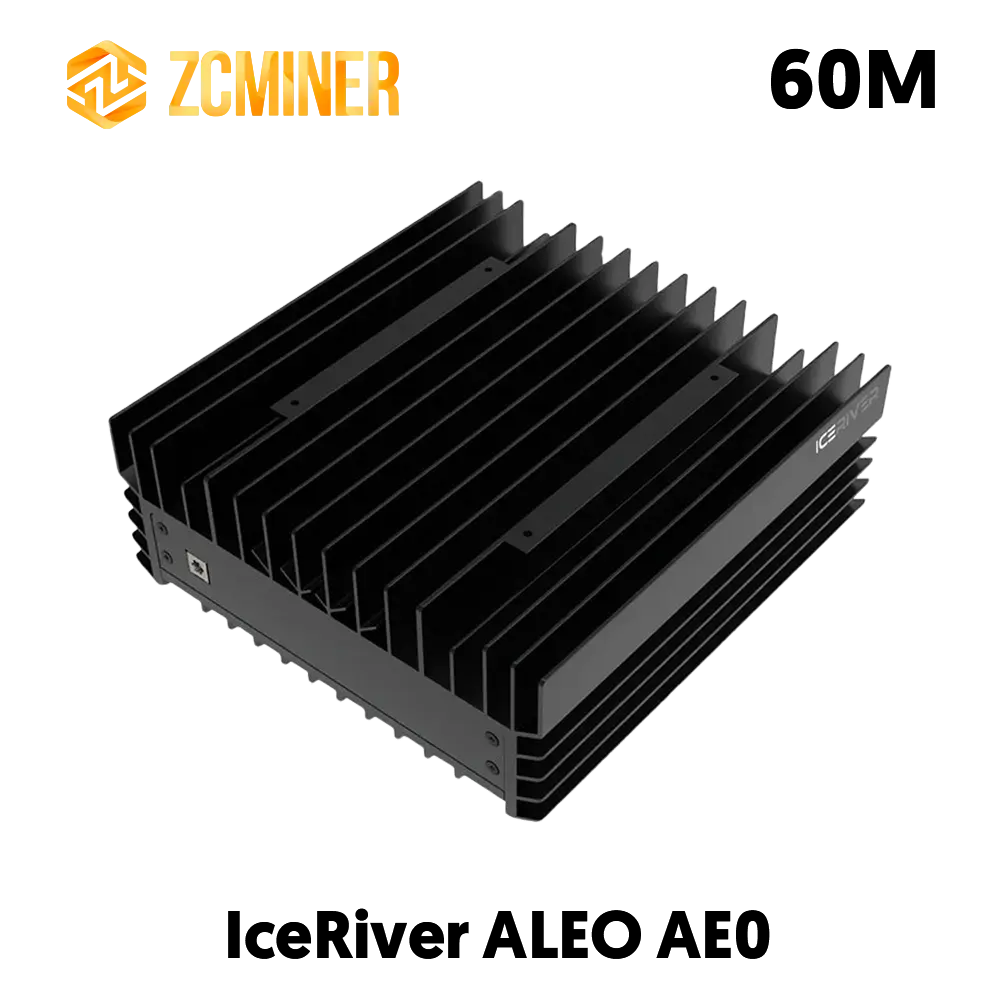Japan has entered the global stablecoin race with its first yen-backed stablecoin, JPYC, issued by Tokyo-based fintech company JPYC Inc. Led by President Noriyoshi Okabe, the company officially launched JPYC on October 27, 2025, along with a dedicated platform, JPYC EX, for issuance and redemption.

What is JPYC?
JPYC is a yen-pegged stablecoin, backed 1:1 by Japanese yen deposits and government bonds, providing a stable digital asset for payments, cross-border settlements, and blockchain applications. The platform allows users to deposit yen into a designated account and instantly receive or redeem JPYC tokens at a 1:1 exchange rate.
To promote open finance, JPYC provides a free SDK for developers, enabling wallets, platforms, and enterprise applications to easily integrate JPYC. JPYC Inc. plans to expand its issuance to 10 trillion yen within three years, collaborating with payment service providers and technology firms such as Densan System and Asteria to support real-world use cases.
Regulatory Framework
JPYC operates under Japan's latest Electronic Payment Instrument regulations, following amendments to the Funds Settlement Act (Payment Services Act) implemented in 2024. JPYC Inc. registered as a Fund Transfer Service Provider with the Financial Services Agency (FSA) in August 2025, becoming Japan's first compliant yen stablecoin issuer.
Regulations mandate a 1:1 redeemable reserve, which JPYC fulfills through yen bank deposits and Japanese Government Bonds (JGBs). The framework allows a portion of reserves to be invested in short-term government bonds, enabling JPYC to earn operational interest without charging fees to users. Rigorous auditing and asset management are required to protect users, and JPYC must comply with AML and KYC rules for all transactions.
Stablecoin Mechanism
JPYC maintains stability through several mechanisms:
-
1:1 Peg: Every JPYC token is backed by an equal amount of yen, ensuring instant redeemability.
-
Reserve Structure: Reserves are held in liquid yen deposits and JGBs.
-
Revenue Model: Operational costs are covered by interest earned on government bonds, without charging transaction fees.
The token is deployed on multiple blockchains, including Ethereum, Avalanche, and Polygon, allowing users to store and transfer JPYC in their wallets.
Use Cases
JPYC targets a broad range of applications:
-
Retail and E-Commerce Payments: Integration with POS systems and online platforms for fast, convenient yen payments.
-
Cross-Border Settlements: Enables businesses to reduce costs and bypass traditional banking fees for international transactions, including trade between Japan and Taiwan.
-
Web3 and Gaming: Supported by blockchain games and DeFi platforms. Developers can integrate JPYC into DApps via the free SDK.
-
Enterprise Collaboration: Companies like Densan System and Asteria are incorporating JPYC into payment systems, SaaS platforms, and asset management services.
Early adoption targets enterprises, merchants, and blockchain projects, with long-term goals to reach widespread usage in Japan.
Comparison with USD Stablecoins
Compared to major dollar-backed stablecoins (USDC, USDT), JPYC differs in several ways:
-
Compliance: Fully compliant with Japanese regulations, overseen by the FSA.
-
Transparency: 100% reserves in yen and JGBs, audited and regulated, offering higher confidence than some USD stablecoins.
-
Focus: While USDT/USDC serve global markets, JPYC emphasizes yen circulation and domestic use, supporting “on-chain yen” transactions.
-
Technology: Similar multi-chain deployment; the primary differentiation lies in regulatory compliance and asset backing.
-
Market Size: JPYC is newly launched with a goal of reaching ~650 billion USD within three years, compared to over 300 billion USD in global stablecoin market capitalization dominated by dollar-pegged assets.
Impact on Japan's Financial System
JPYC's introduction has several implications:
-
Financial Innovation: Marks a milestone in Japan’s currency history and introduces private stablecoins to mainstream markets.
-
Digital Yen and Sovereignty: Complements the Bank of Japan’s CBDC initiatives, fostering the “on-chain yen” ecosystem.
-
Government Bond Market: JPYC issuance will increase demand for JGBs, potentially improving market liquidity and yields.
-
Web3 and Fintech Development: Aligns with government strategies promoting blockchain and decentralized finance. JPYC can coexist with traditional banking infrastructure, providing alternative settlement channels.
While Japan remains a cash-preferred society, JPYC aims to gain traction initially among enterprises and blockchain users, eventually expanding into broader markets. Its success could establish a new benchmark for fiat-backed stablecoins in Asia.











Deixar comentário
Este site é protegido por hCaptcha e a Política de privacidade e os Termos de serviço do hCaptcha se aplicam.